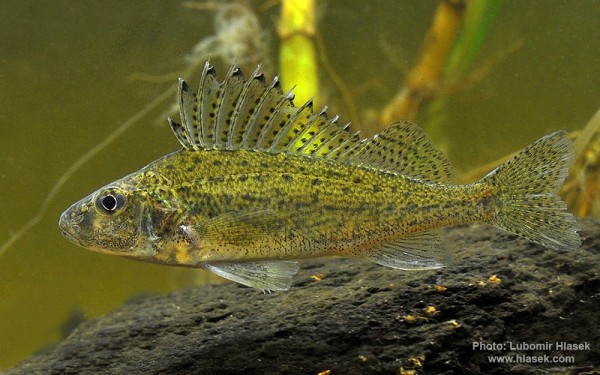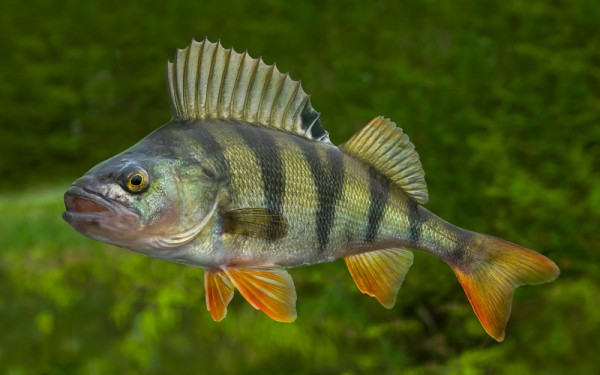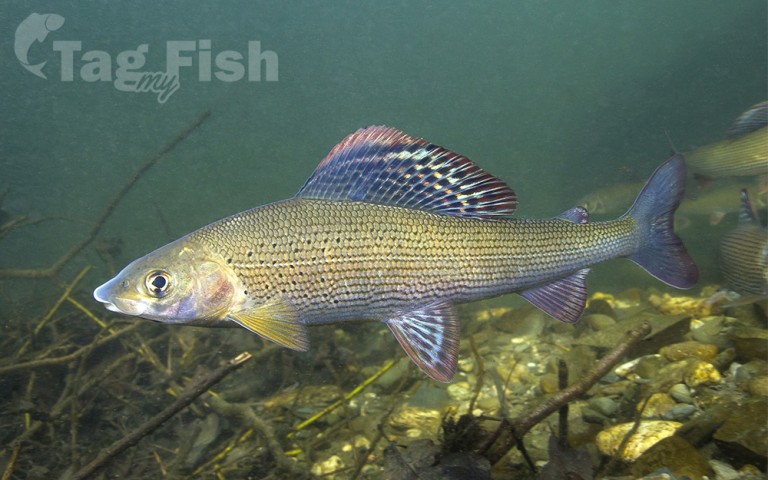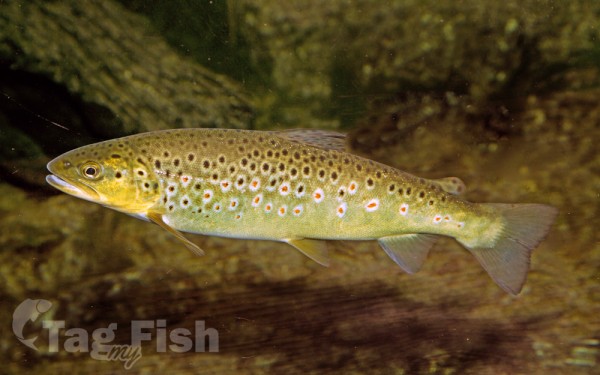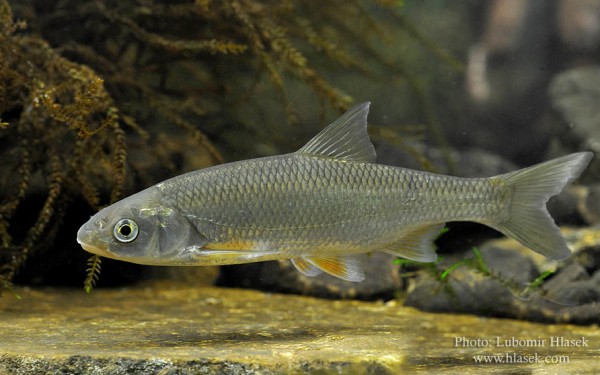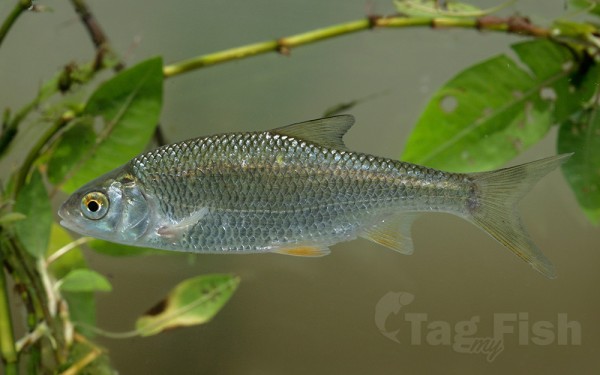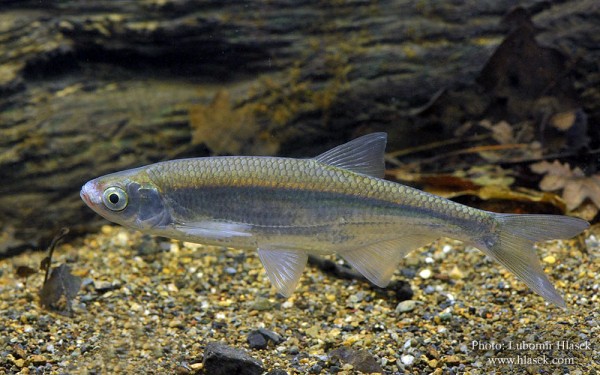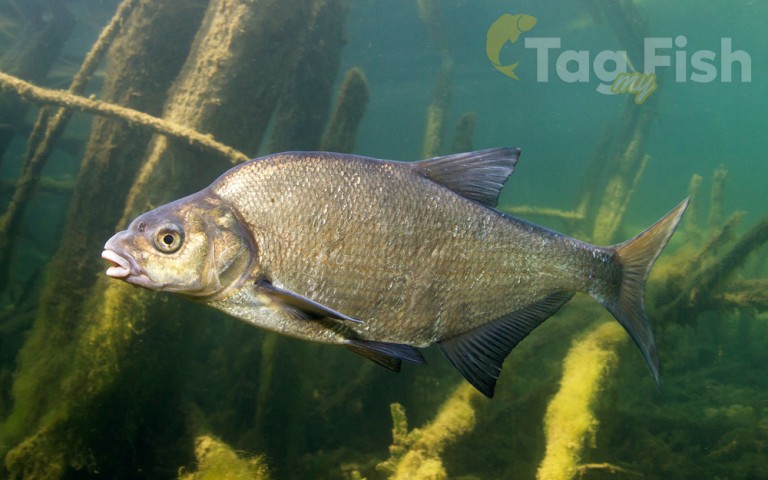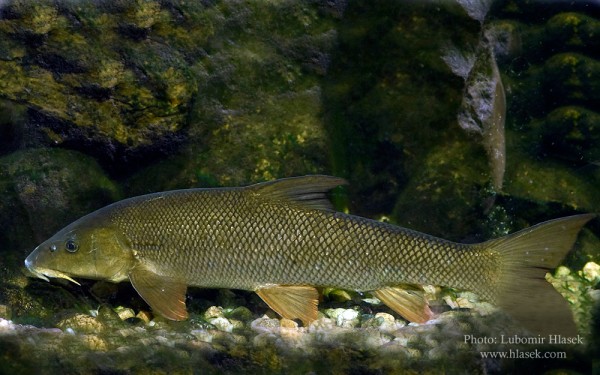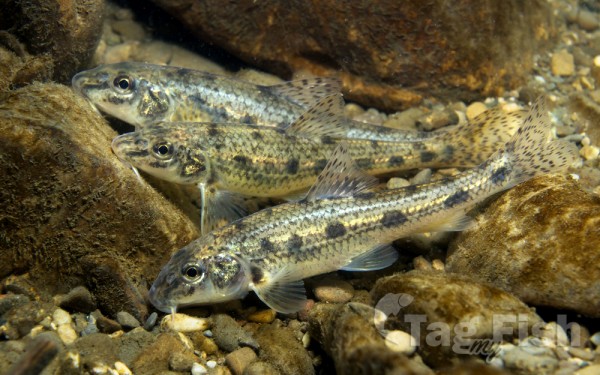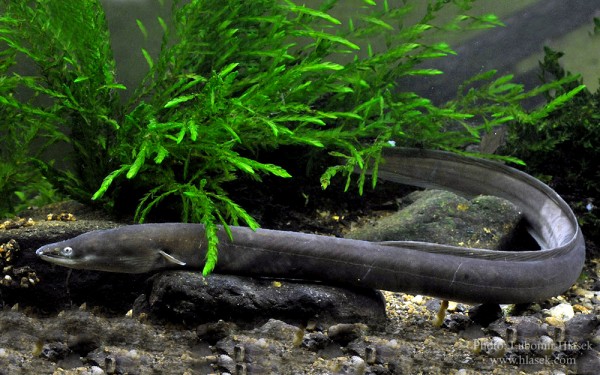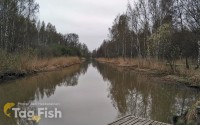River Nidd
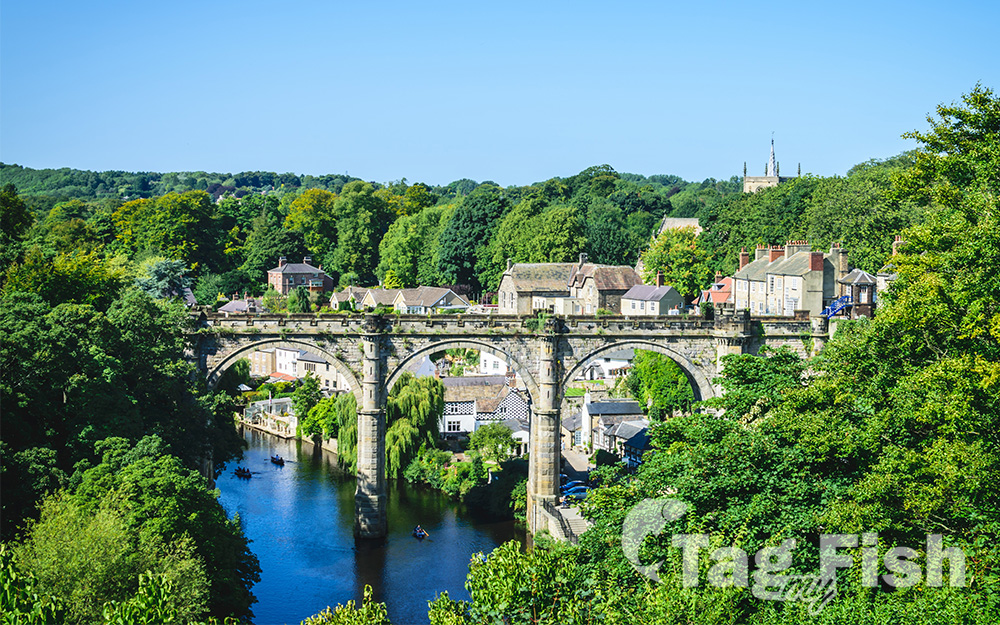
Perciformes - Perches
Salmoniformes - Salmons and Trouts
Esociformes - Pikes
Cypriniformes - Carps
Anguilliformes - Eels and morays
Perciformes - Perches
Salmoniformes - Salmons and Trouts
Esociformes - Pikes
Cypriniformes - Carps
Anguilliformes - Eels and morays
Perciformes - Perches
Salmoniformes - Salmons and Trouts
Esociformes - Pikes
Cypriniformes - Carps
Anguilliformes - Eels and morays
The River Nidd is a tributary of the River Ouse in the English county of North Yorkshire.
In its first few miles it is dammed three times to create Angram Reservoir, Scar House Reservoir and Gouthwaite Reservoir, which attract a total of around 150,000 visitors a year. The Nidd can overflow the reservoirs, flooding the caves in the valley] In such cases the river overflows into the normally dry river bed past Lofthouse through to Gouthwaite Reservoir. The Yorkshire Dales Rivers Trust YDRT has a remit to conserve the ecological condition of the River Nidd from its headwaters to the Humber estuary.
The upper river valley, Nidderdale, was designated as an Area of Outstanding Natural Beauty in 1994.
The Nidd rises in Nidderdale at Nidd Head Spring on the slopes of Great Whernside in the Yorkshire Dales. It flows east into Angram and Scar House reservoirs before turning south just downstream of Newhouses. In dry conditions the river disappears underground into the sinkhole known as Manchester Hole. If Scar House reservoir overflows, water flows past Manchester Hole to Goyden Pot, another sinkhole. In severe floods, the river flows past Goyden Pot down the valley. The water sinking into the Nidderdale caves reappears at the rising Nidd Head to the south of the village of Lofthouse.
Below Lofthouse the river is joined by How Stean Beck, and turns south-south-east towards Ramsgill before flowing into Gouthwaite Reservoir. Continuing on the same heading, the first major settlement is reached at Pateley Bridge. Turning more south-easterly, it flows past Glasshouses and Summerbridge, where it turns south again past Dacre Banks. Passing by Darley, the river turns east before reaching Birstwith, where it flows south-east to Hampsthwaite. A series of large bends in the river take the flow north, east and then south, and east again, to enter Nidd Gorge.
Below the gorge, the river meanders south-east through the town of Knaresborough, heading north and looping south again as it enters flatter terrain. Near Little Ribston it meanders south-easterly and easterly, crossing underneath the A1 and the A1(M) near the small village of Cowthorpe. The river continues meandering past Cattal north-easterly towards Moor Monkton, towards its junction with the River Ouse at Nun Monkton.
Reservoirs
The two most northerly reservoirs on the course of the river were built to provide water to the Bradford area in the early 1900s by way of the Nidd Aqueduct. As of 2017, they are maintained by Yorkshire Water.
Angram Reservoir
The reservoir takes its name from Angram, a settlement in the township of Stonebeck Up, submerged when the reservoir was built. Completed in 1919 with a dam height of 61 metres (200 ft) covering 34 hectares with a volume of 1,041 million gallons and a depth of 33.4 metres (110 ft).
Scar House Reservoir
A temporary village was built at Scar House to house the workers building the reservoirs and some remains can still be seen. The old Village Hall was moved to Darley, where it now serves as the local Village Hall. The dam at Scar House was completed in 1936. The dam height is 71 m (233 ft) with the reservoir covering area 70 hectares and a depth of 36.3 metres (119 ft) giving a volume of 2,200 million gallons. The reservoir is fed almost exclusively from the Angram dam.
Gouthwaite Reservoir
Gouthwaite reservoir is designated a Site for Special Scientific Interest. It provides a compensation release for the river. It covers an area of 312 acres (126 ha).
Fishing
Lower Nidd contains good numbers of barbel to 10lbs, chub to over 6lbs and pike to 20lbs. Also present are dace, roach, perch, grayling, gudgeon, ruffe, bleak, eels and occasional bream and trout.
